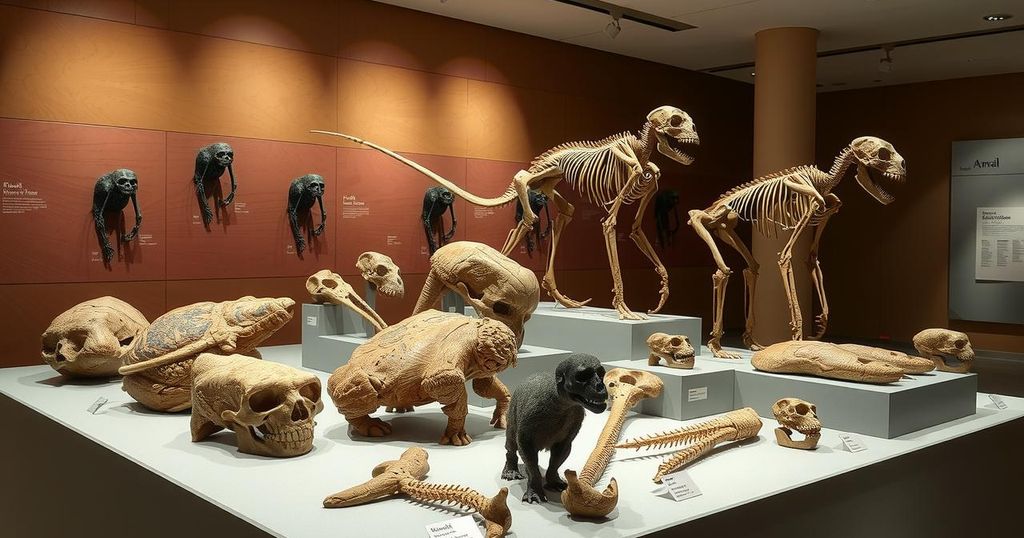New Research Indicates Potential Moon Fragments Orbiting Earth
New research indicates that the mini-moon 2024 PT5 could be a fragment of the Moon itself, suggesting the presence of more lunar debris orbiting Earth. Identified by South African astronomers, its composition echoes lunar samples returned from missions, hinting at a cosmic impact origin. The search for additional lunar fragments is ongoing as researchers utilize the MANOS project to potentially uncover these space remnants.
Recent findings reveal that a mini-moon named 2024 PT5 may actually be a piece of the Moon, flung into space by a significant impact long ago. Discovered last year, this small rocky body sheds light on the possibility of other lunar fragments circling close to Earth, suggesting we might not be alone up there in the cosmos.
As Earth travels around the Sun, it constantly moves through a mixture of debris, including space junk from human activities and rocky remains from ancient collisions in our solar system’s past. Among these near-Earth objects (NEOs), scientists actively track any that might pose a danger to our blue planet, ensuring we stay safe from potential threats.
The near-Earth rock, 2024 PT5, was spotted by South African astronomers back in August 2024. Its slow speed of just 2 meters per second made it an intriguing candidate for further study by the Mission Accessible Near-Earth Object Survey, affectionately known as MANOS. In fact, this little rock is one of the rare few, with only nine asteroids moving at such a leisurely pace during their closest encounters.
Planetary scientists Teddy Kareta and Nick Moskovitz have been intrigued by the hunt for Moon fragments ever since the first such find in 2021. When analyzing 2024 PT5, they found that its composition closely resembles the lunar rocks collected during NASA’s Apollo missions and the Soviet Luna 24. This leads them to suspect that this rock may have been ejected from the Moon’s surface after some cosmic collision, fueling their quest to trace it back to its origins if possible.
The path of 2024 PT5 shows how material from the Earth-Moon system is naturally inclined to settle into orbits nearby. A collision with the Moon could potentially send debris spinning toward Earth. After one such impact, PT5 found itself on a course that lined it up perfectly with our planet. However, by the end of September of that same year, it moved on, and it’s predicted to make a similar approach once again in 2055.
So, what’s next? Well, 2024 PT5 is only the second verified lunar fragment to date, following Kamo’oalewa in 2021. Each object is on a unique trajectory, but both share similarities with the humanlike orbit around Earth. Kareta is optimistic—he believes there are countless more lunar rocks out there waiting to be discovered. Some asteroids we think are strange might actually be hiding in plain sight, masquerading as something else entirely. With continued efforts through MANOS and collaboration with other researchers, they hope to unveil even more of these hidden gems from the Moon’s history.
In summary, recent research has opened up the exciting possibility that many fragments of the Moon may be floating through our cosmic neighborhood. The discovery of 2024 PT5 illustrates how, after fierce impacts, lunar debris can wind up in accessible orbits. As scientists explore this intriguing frontier, we may yet uncover a trove of lunar remnants, granting us new insights into the Moon’s past and the origins of life as we know it.
Original Source: www.newsbytesapp.com




Post Comment